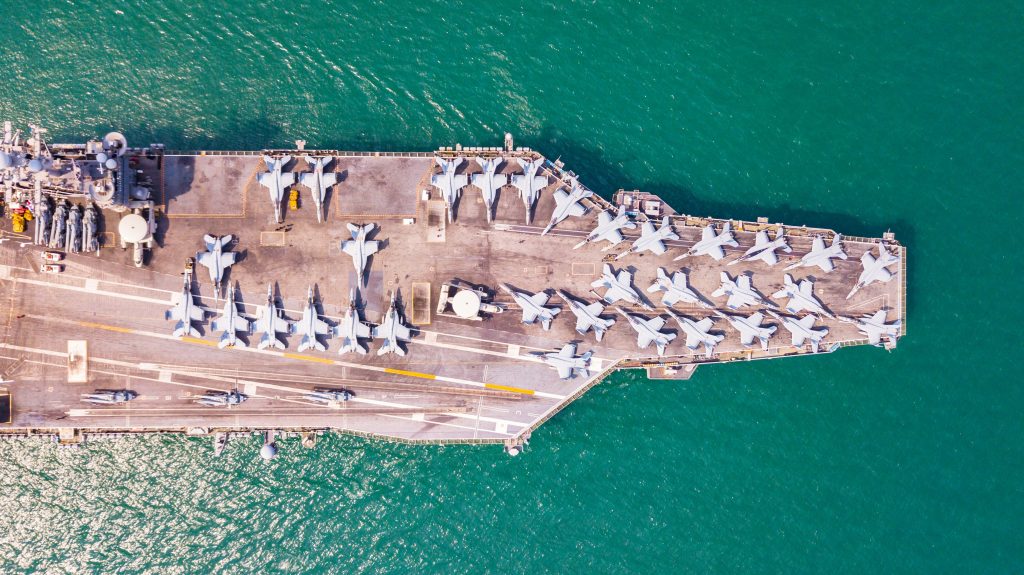Removing Hazardous Paint from Warships
A NEW SOLUTION
 Adapt Lasers’ solutions aren’t new to the military and defense sector — having been used to remove paint and coatings from aircraft parts for the US Air Force. But, this is the first time that the US Navy has tested the laser ablation process on its steel ships.
Adapt Lasers’ solutions aren’t new to the military and defense sector — having been used to remove paint and coatings from aircraft parts for the US Air Force. But, this is the first time that the US Navy has tested the laser ablation process on its steel ships.
Matt Binsfield, a technical project manager in NUWC Keyport’s Rapid Prototyping and Fabrication Technology Division said, “We’ve done a very detailed design of the experiment, which has evaluated all industry experience and reports to date. We’re collaborating with the Air Force and Boeing to make sure we’re not doing redundant work. We’re trying to model this and set a standard for how we do new technology transition[s] so we can be more efficient across the board.”
Binsfield went on to describe the purpose of this partnership, “The design of the experiment is all about making sure we capture the right information and then share that effort so that we have a full understanding of the technical aspects of the capability, the necessary training and permitting requirements, rigorous process instructions, compliant safety instructions, and cybersecurity controls. This will be everything we need to successfully transition and sustain the capability to fleet maintainers.”
3 WAYS LASER ABLATION BENEFITS THE NAVY
1. REDUCE PRODUCTION DOWNTIME
2. ACCESS TO A SAFER CLEANING METHOD
Conventional methods of cleaning require extensive extra work in both preparations and clean up to ensure the protection of workers and the environment. Laser ablation eliminates many of those steps.
Scott Castro, general foreman for Shop 71, Painters Blasters and Tilesetters at PSNS and IMF explained, “Laser ablation technology leaves a completely clean surface, and there is no additional need to use solvents or chemicals to remove any oils, grease, or other surface contaminants. [We can] use laser ablation technology [to] reduce exposure to harsh solvents or chemicals and improve worker ergonomics.”
3. MAKES CLEANING EASY
The operational demonstration conducted on Carl Vinson resulted in positive feedback about the equipment and its ease of use. Available in a variety of options, laser ablation can be used as a handheld or automated solution. This makes it easier to manipulate and clean where needed. Enabling workers and sailors to complete a job faster while increasing safety was critical to proving the value of laser ablation.
But, laser ablation isn’t a one-size-fits-all solution, and adoption by the other branches of the military may not be suitable for all processes. Currently, the immediate focus for the Navy is the eventual elimination of needle guns for the removal of coatings in relatively confined areas. The successful operational demonstration aboard Carl Vinson will lead to more in-depth demonstrations on a retired Navy vessel currently in storage — which we’re sure will produce similar results.
Adapt Laser proudly supports the military and defense industry. For more information about our partnership, read the full story here.
